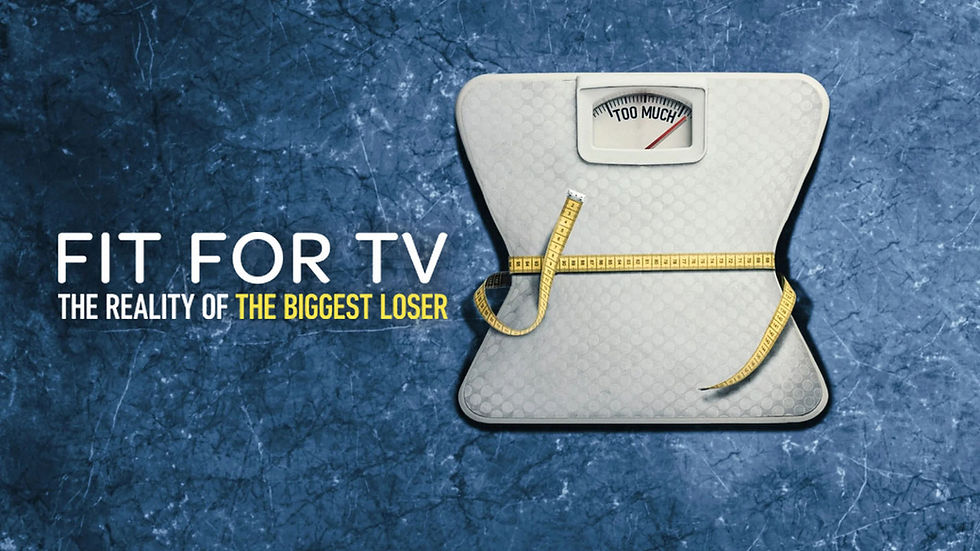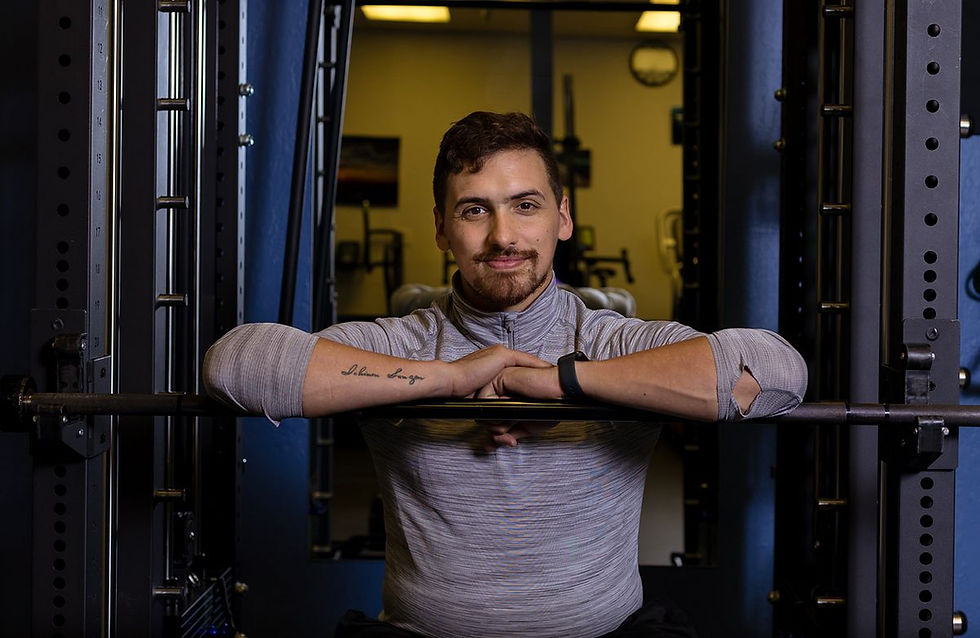The Emotional Weight of Fitness
- Malcolm March
- 5 days ago
- 3 min read

When people start a fitness journey, they often expect the hardest part to be physical. Lifting weights. Running miles. Pushing through sweat. But the real challenge is emotional. Every client brings feelings, fears, and memories into the room, and those shape how they move far more than muscle strength or endurance.
Why BMI Doesn’t Tell the Whole Story
During my NASM certification, I faced a question that has stayed with me: would you advise someone with a BMI over 30 to do a box jump?
On paper, the safe answer is no. But at the time, I weighed 235 pounds with 195 pounds of lean body mass. I was technically obese by BMI, even though most of my weight was muscle. According to that chart, I shouldn’t be allowed to jump.
The same thing happened to a friend of mine who was a firefighter. His BMI labeled him unfit, and he failed a test despite being strong and capable. That crushed him mentally. It showed me how numbers can mislead and damage confidence. When clients see themselves through those labels, they feel broken before they even start.
The Mental Burden of Comparison and Pain
For many, the emotional struggle comes from comparing their present self to their past self. People who were active as kids remember running without pain or restriction. Now, years later, life has piled on stress, families, and work. Movement feels foreign, and comparison creates frustration.
Others who have never been active face a different fear. They worry about pain. I know that fear well. At 26, I dreaded climbing stairs. Panic attacks hit because I knew sharp pain would follow. Once the brain connects movement with pain, it learns avoidance. The memory of pain outweighs the desire to move.
This is why fitness is not only physical. It’s an emotional negotiation with the past, with pain, and with fear.
Why Listening to Pain Builds Trust
When a client tells me about pain, I listen. It doesn’t matter if I had a full routine planned. If their hip, shoulder, or ankle hurts, I stop and spend time addressing it. Pain is never “just pain.” Ignoring it risks injury, but more importantly, it risks trust.
If a client feels unheard, they learn to believe that no one will ever listen when they say they’re hurting. That belief is damaging. It creates emotional trauma, not only with trainers but with their own body. Once that trust is gone, motivation disappears.
My approach is structured: balance the body, build mobility, coordinate that mobility, and then work on strength. This way, clients gain trust in their movement. Without pain, they feel free to step, move, and even dance again.
Healing Through Consistency and Commitment
I always remind clients that pain doesn’t vanish with one workout. There’s no magic wand. Healing is earned through consistent work. That means showing up, practicing the right exercises, and holding yourself accountable daily.
I like to ask this question: if you knew that four exercises, taking less than ten minutes, would reduce your pain, would you do them? The answer should be yes. Because the value isn’t in the time—it’s in the commitment to yourself.
Fitness isn’t only about getting stronger or leaner. It’s about building a relationship with your body where pain doesn’t control you. That begins with listening, with patience, and with showing up.
Don’t take your body for granted. Give it the chance to heal.


Comments